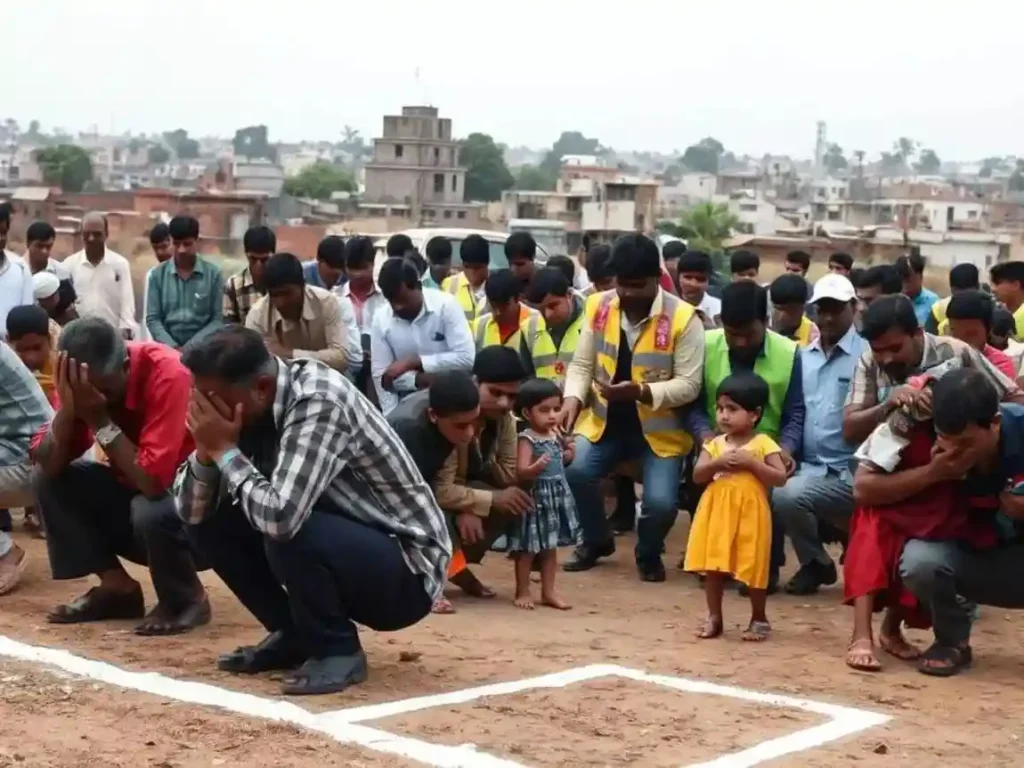
Introduction: Nationwide Preparedness Initiative
In response to escalating security concerns along India’s borders, the Ministry of Home Affairs has mandated civil mock drills across 244 districts. Scheduled for May 7, 2025, these exercises aim to bolster the nation’s preparedness for potential emergencies, including natural and man-made disasters. The initiative underscores the government’s commitment to enhancing public safety and ensuring a coordinated response to crises.
Scope and Objectives of the Mock Drills
The upcoming mock drills will simulate a range of emergency scenarios, encompassing natural disasters like earthquakes and floods, as well as man-made incidents such as chemical spills and fires. The primary objectives are to assess the effectiveness of existing emergency protocols, identify areas for improvement, and ensure that all stakeholders, including local authorities, emergency services, and the public, are well-prepared to respond swiftly and efficiently.
Involvement of Key Agencies
The success of these mock drills hinges on the active participation of various agencies at the district level. Local police forces, fire departments, medical teams, and disaster response units will collaborate to execute the exercises. Additionally, community organizations and volunteers will play a crucial role in facilitating the drills and ensuring widespread awareness. The coordinated efforts aim to create a seamless response mechanism that can be activated during actual emergencies.
Public Awareness and Community Engagement
Public participation is a cornerstone of the mock drills. Residents are encouraged to familiarize themselves with emergency procedures, evacuation routes, and safety protocols. Educational campaigns leading up to the drills will disseminate information through various channels, including local media, community meetings, and digital platforms. By engaging the community, the government seeks to foster a culture of preparedness and resilience.
Training and Capacity Building
Beyond the immediate objectives of the mock drills, the initiative serves as a platform for training and capacity building. Emergency responders will have the opportunity to practice their skills in a controlled environment, enhancing their ability to manage real-life situations. The drills will also provide valuable insights into resource allocation, communication strategies, and logistical coordination, contributing to the continuous improvement of disaster management frameworks.
Integration with National Disaster Management Framework
The civil mock drills are part of a broader strategy to integrate district-level preparedness into the national disaster management framework. By aligning local efforts with national standards and protocols, the government aims to create a cohesive and unified response system. This integration ensures that resources and expertise can be mobilized efficiently during emergencies, minimizing response times and mitigating potential impacts.
Lessons from Previous Exercises
Previous mock drills have highlighted the importance of clear communication, timely coordination, and effective resource management. For instance, exercises conducted in flood-prone regions have underscored the need for robust evacuation plans and the establishment of temporary shelters. Similarly, drills simulating chemical spills have emphasized the significance of protective equipment and decontamination procedures. These lessons inform the design and execution of future exercises, ensuring that they address emerging challenges and evolving risks.
Conclusion: Strengthening National Resilience
The mandated civil mock drills represent a proactive approach to enhancing India’s disaster preparedness and response capabilities. By involving a wide array of stakeholders and focusing on comprehensive training, the initiative aims to build a resilient society capable of effectively managing crises. As the drills unfold across the 244 districts, they will serve as a testament to the nation’s commitment to safeguarding its citizens and infrastructure against potential threats.

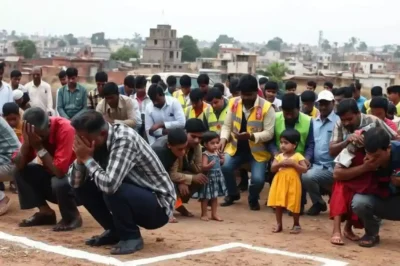





















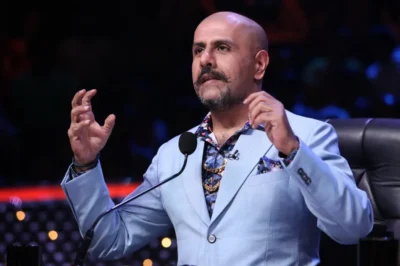

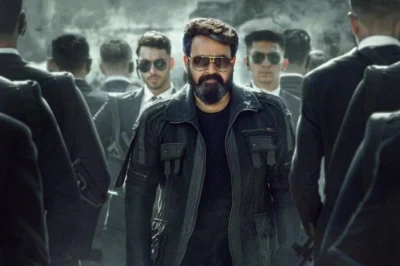







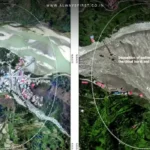


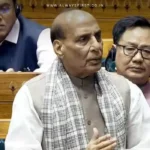

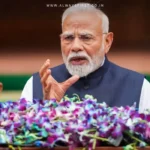
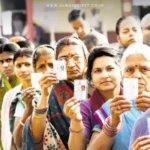

Leave a Reply